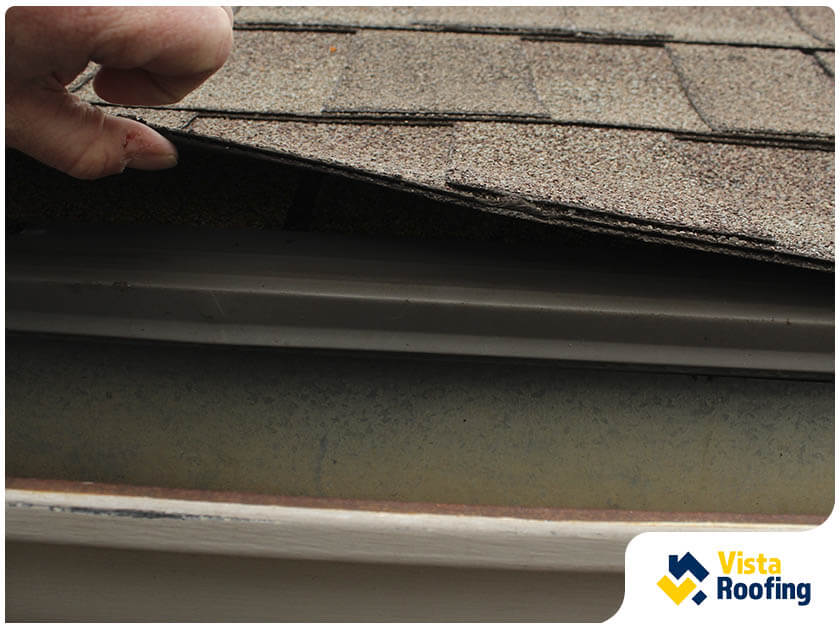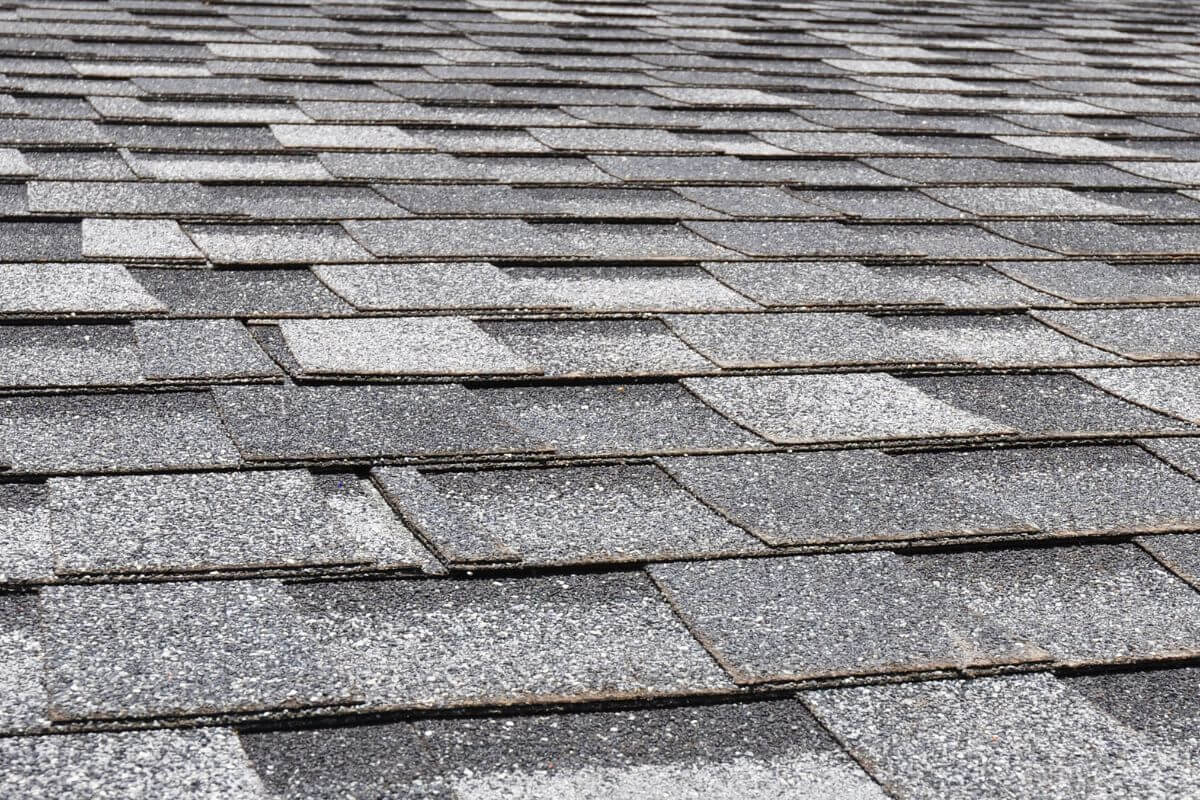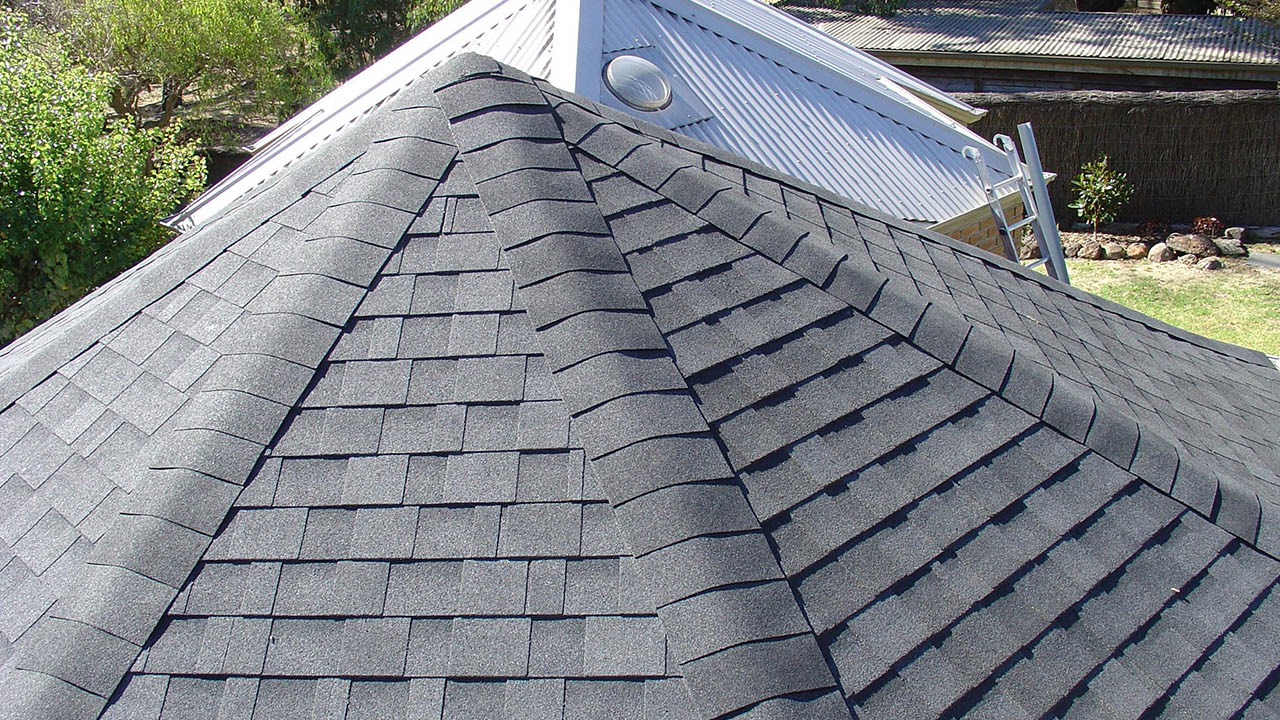The cost of replacing asphalt shingles can be quite overwhelming. It begins by removing the old roof, disposing of the material, and then checking the roof decking and other parts to ensure structural integrity. All these cost money and time.
But there is an alternative when it comes to faster roof replacement projects – overlaying. But the biggest question has always been, how far can one go? How many layers can roof shingles handle?
We will answer this question here.

How Many Layers Of Shingles Can Be On A Roof?
Nailing in new shingles over the existing roofing material is one of the most cost-effective ways of getting a new roof. But then, you need to be careful not to get into trouble with the local authorities. One of the most significant limitations of such projects is that your roof decking may not be able to handle the extra weight.
Hence, you need to understand how many layers your home can handle when trying to get a new roof. Having multiple layers is not always bad until it becomes too risky for anyone living under the roof.
Also, the possibility and number of layers depend on the current roofing material. Only asphalt shingles can be covered using other roofing materials. You can never have a fresh layer of different types of shingles.
You must check the roof deck first to ensure it can handle the extra pressure. Placing new shingles on top of older ones can cause an increase in weight, which might not be ideal for the current structure. This also affects the number of layers that the roof can handle.
Two layers of shingles are often the standard figure. Your old shingles will not face too much pressure, making repairs easier when issues arise.
In some regions, you can have up to three layers over the existing shingles. However, having such a roof is not recommended as it increases the risk of failure, especially in areas prone to high winds.
What Are The Pros Of More Layers Of Shingles?
Laying new materials over your old shingles comes with several benefits. Here are the main ones:
More protection
When the existing layer of shingles becomes too old and less effective, you can install a new layer over it. This gives your roof a new strength, allowing it to protect you more. It is just like covering the old roof with a new, better one.
Less expensive
Replacing an asphalt shingle roof can be quite expensive. Even though it’s not as much as replacing other materials, you still need a good budget and money. Creating a double-layer asphalt roof means skipping certain parts, saving you time and money. It’s, therefore, safe to assume such projects are cheaper.
Consumes less time
A lot of work goes into replacing structural shingles, or any other type for that matter. You won’t install the new shingles before removing the old ones and checking features like the roof sheathing and deck. Several roof repair tasks may be necessary too. All these take up time that you can save with a double layer.
Reroofing guarantee
If you use the same roofing professional as your original roofing work, you can be sure of a good warranty on the subsequent shingle layers. Even though the two layers may not get the same treatment, it’s still a great deal.

Why Should You Avoid Overlaying A Shingle Structure – the Cons
Having an extra layer of shingles on your roof seems very cost-effective. But you should not just do it because of this or someone else did it. Consider the negative side – why most professionals don’t recommend it.
It creates uneven surfaces
Unless you want to have a lumpy roof over your house, it’s better to avoid overlaying your roof. Think of a person wearing more than two heavy jackets during winter. They may appear larger than normal. The same is true for roofs, which may also cause uneven surfaces that attract ice dams.
Easily damage the shingles
It’s quite easy to have cracked shingles under the new roof. An overlay may increase our home’s curb appeal from the outside, but the underside might be something else. Also, using other roofing materials other than what’s on your current roof may cause more damage. Experienced roofers recommend full roof replacements to avoid this.
Prone to mold growth
A full roof replacement allows you to check every part of the roof that may have issues, like underlayment affected by moisture due to missing shingles. Covering such parts with another layer of shingles only creates the perfect environment for mold growth. Most roofing services would rather
do a complete reroofing project than expose you to such risks.
Costly repairs
The initial labor costs of installing a second layer over your roof are lower. But things become more complicated when it comes to repairing the existing layers. Accessing the underlying structure for repairs is more challenging than with a single layer, making it costlier. It might not be worth the risk.
Reduce material warranty
With proper installation, manufacturers and installers offer up to lifetime warranties on the roofs. Installing the material over your old roof reduces the manufacturer’s warranty, with companies refusing to cover them completely. It’s even worse if you make more than two layers.
Heat damage
Covering the existing architectural shingles roof with new shingles creates a perfect trap for heat under the two layers. A professional roofer may use different techniques to avoid this, but it’s not enough. You may have to tear off the entire structure if heat damage affects it.
It makes it hard to detect and repair damaged shingles
It’s much harder to detect damage when two or more layers are on your roof. Most homeowners find themselves dealing with consistent leaks without any help since it’s more challenging to repair the damages when the issue is with the underlying layer. Such tasks are easier with one layer of shingles – you can even DIY.
Local building codes
Most building codes do not permit homeowners to install a fresh layer over the existing roof. Doing so may seem to offer double protection, but it will land you in trouble.
It makes the roof heavier
You may save costs by installing another layer over your current roof, but many layers only mean extra weight on the structure. Every roof comes with specific standards for the underlayment and other parts of the system. It can only hold that one layer efficiently. It is affected when you nail over it. Another material can easily cause the roof to collapse.

Should You Overlay Shingles?
Having two to three layers of shingles over your roof is a common practice in many parts of the USA. You can save money when you are on a tight budget by simply patching another one over the existing one. But is it worth it? Should you do it?
Many roofing experts will advise you against it before they start installing the new layer. It’s riskier, especially where the current roof is too old. Also, it makes it harder to access and repair broken shingles. It’s better to have a complete replacement, then.
Call your local roofing experts at Vista Roofing for more advice and the installation of a new roof. Whether you want an overlay or a full replacement, this is the team you can always count on.
